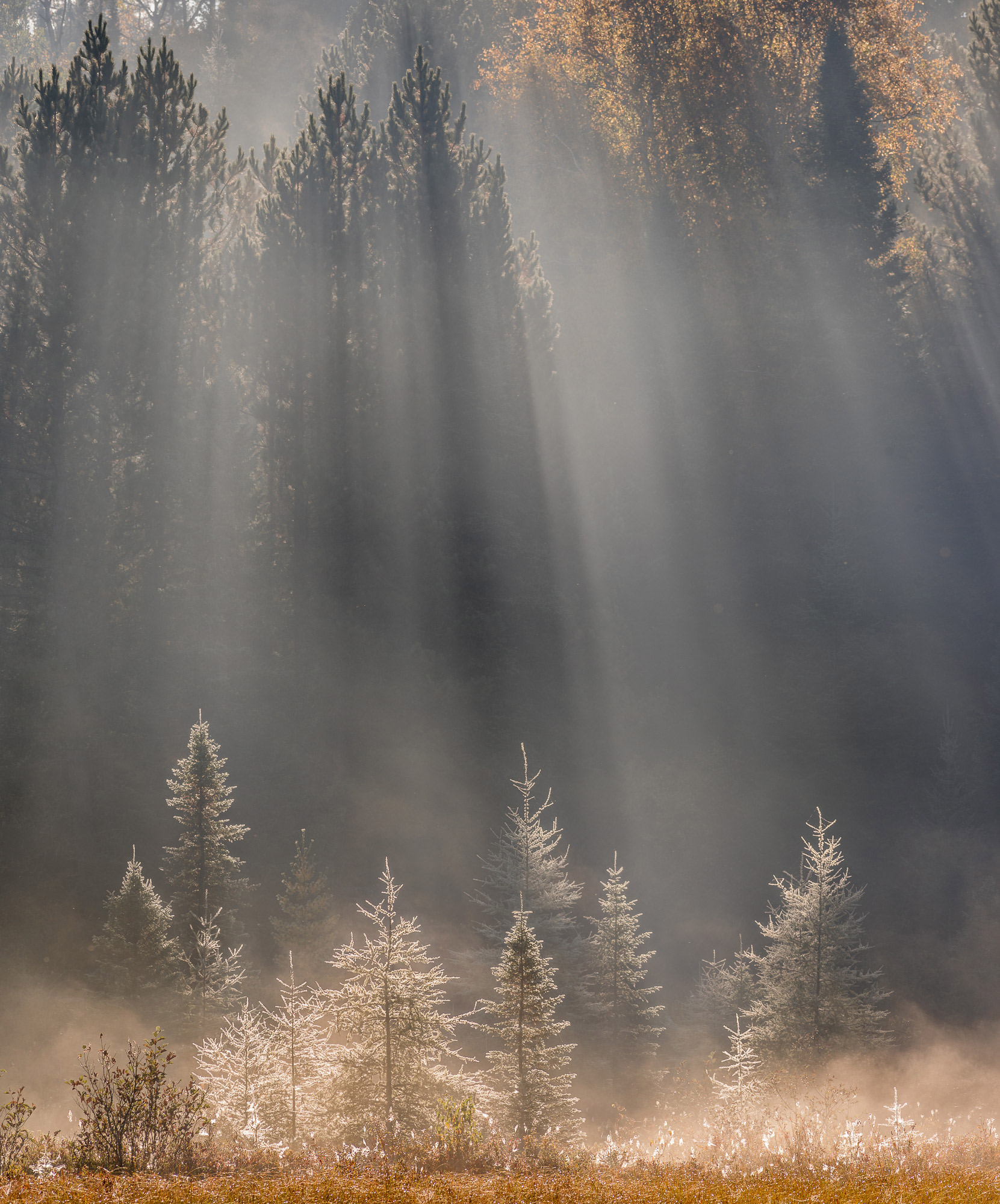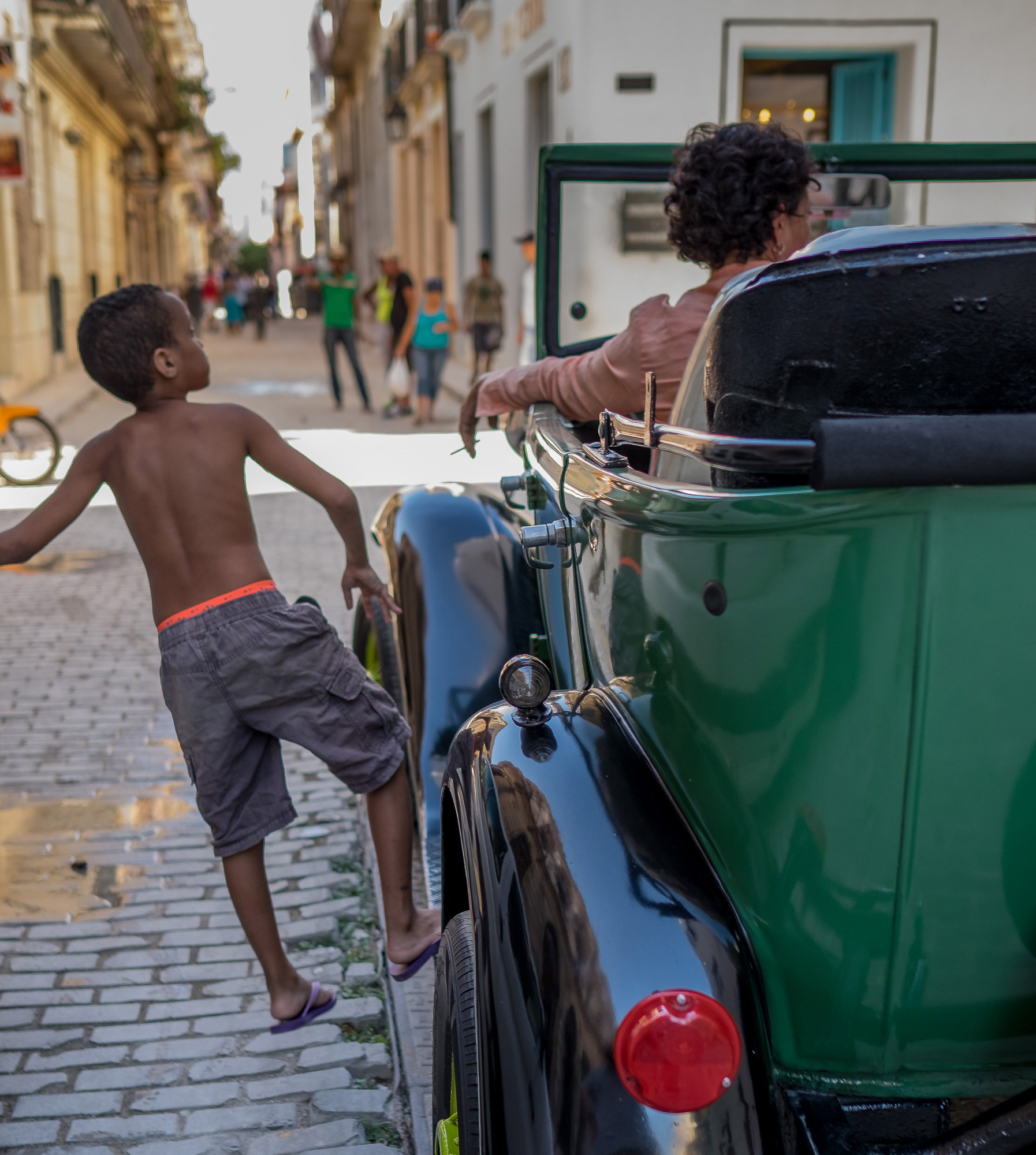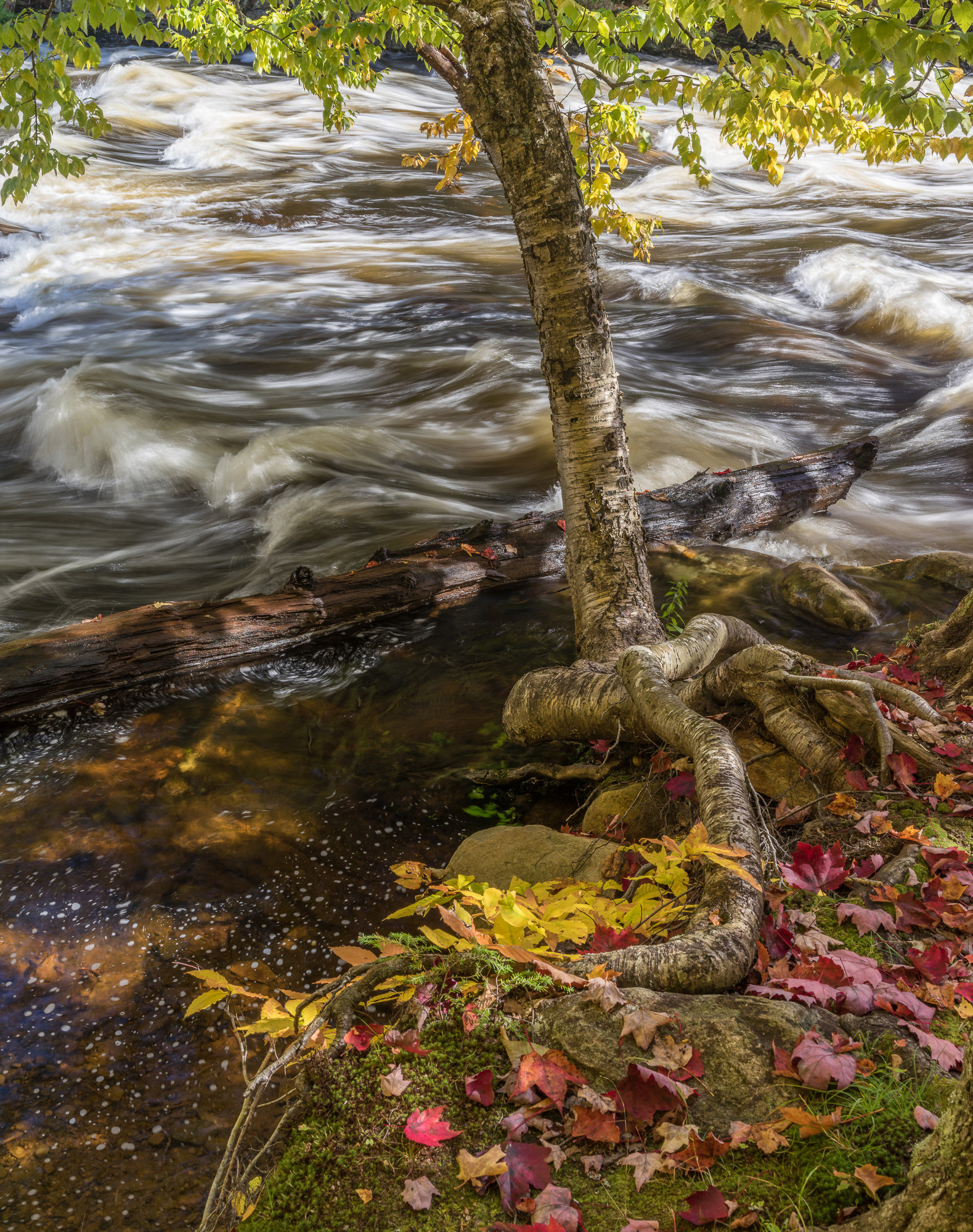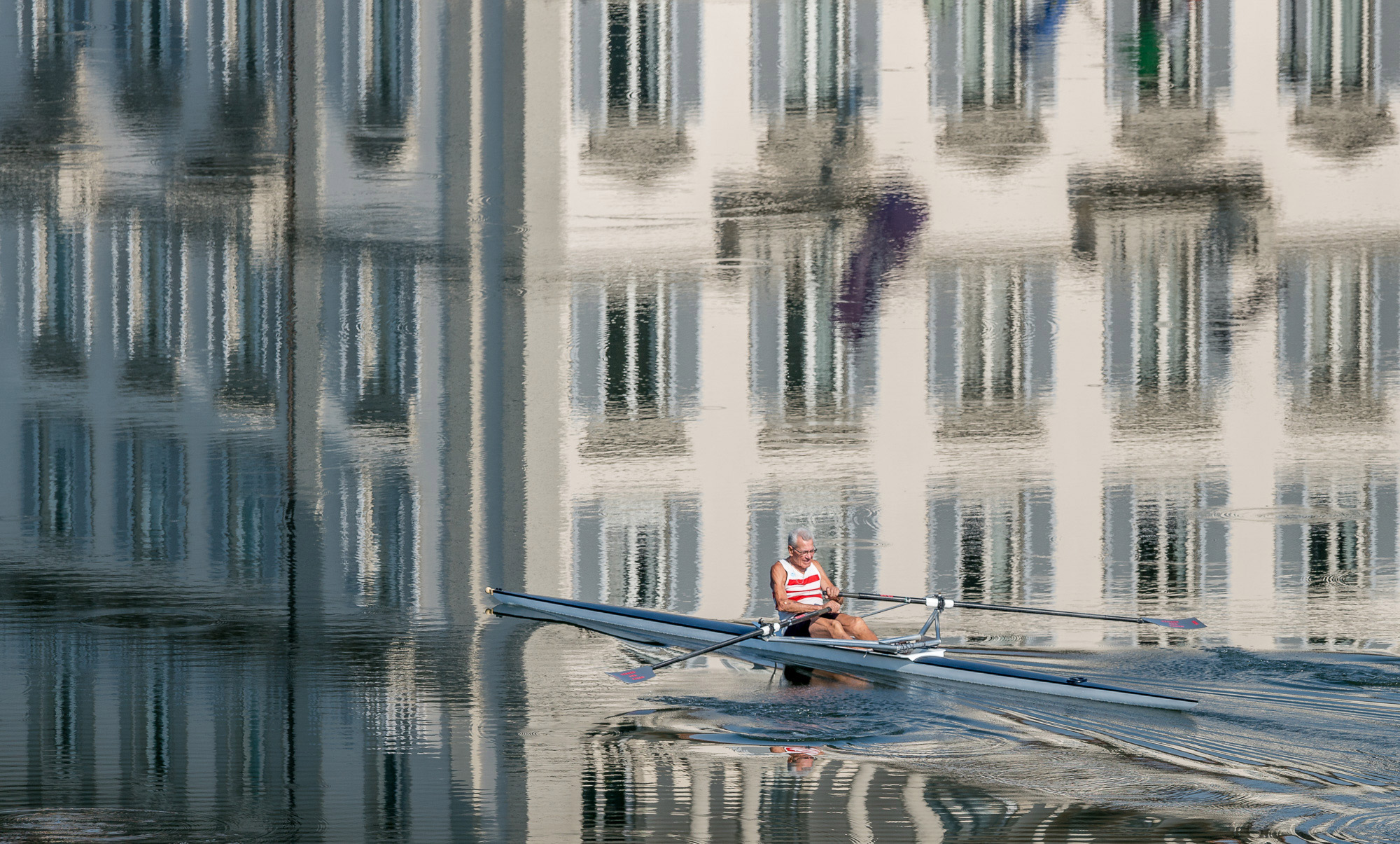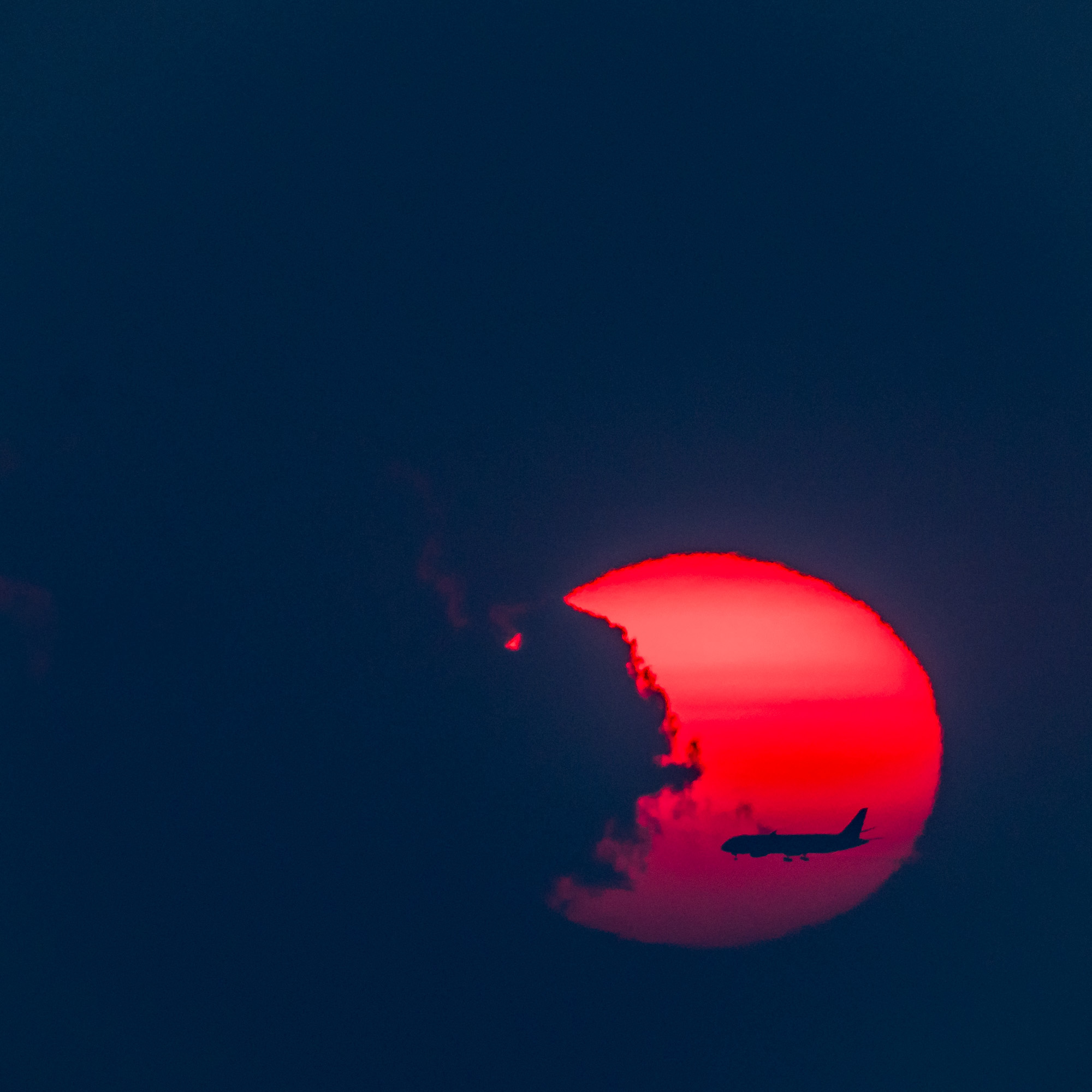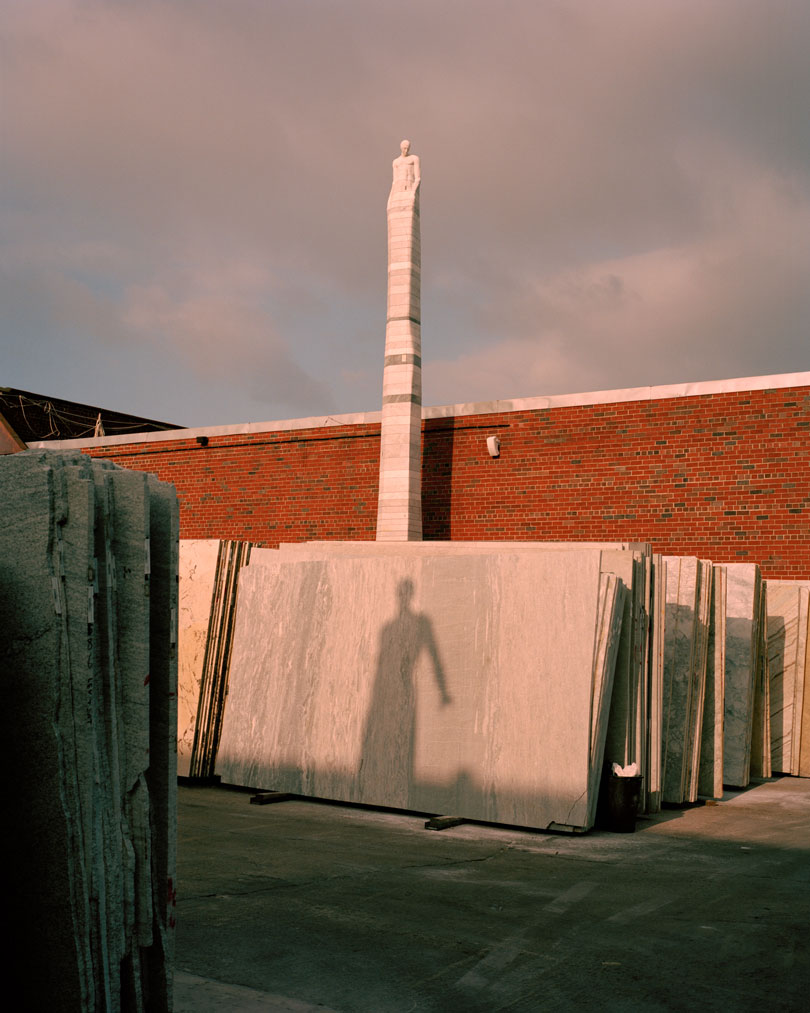

A few months ago a photograph taken for the NYT of the ever-polarizing Jordan Peterson began circulating on my FB feed and within my social circle. The photograph revealed a smug visage which still invited pathos. It was both an awkwardly brooding and dangerous gesture. These apparent qualities were captured through shadow and a delicately mocking position of the subject in the frame. He looked every part the charlatan or misunderstood genius, which this Meta-daddy figure has been simultaneously cast as. I wondered, who took this photograph which managed to present these opposing views at once? When I began digging into Mark Sommerfeld’s photographs, I understood who had created such a bridge. We were acquaintances but I had never delved into his work with the seriousness it deserved. In his photography, I recognized that familiar romantic style which I had become accustomed to seeing in fashion editorials and well-curated Instagram pages, but something far more developed and profound lurked in these shots. There is an aesthetic wedded to a philosophical vision emerging when the photographs are experienced as a body of work.
Mark has photographed for the New York Times, Bloomberg Businessweek, GQ Germany, and Vogue among others.
JR: Hi Mark, the Luminous Landscape welcomes you! So, to jump right in, what I’ve noticed in the last 10+ years is that there is (perhaps again) this very whimsical and sensual focus topically and aesthetically in some popular photography. There is a trend towards a sort of soft pallet which is almost “escapist”. What I really enjoy about your work is that while this tone is present in a unique way, there is also something ominously beautiful going on, as well as a sense of humour. I also see a particular, consistent and subtle (if not overt) sexual element often emerging. How does the body fit into your work and specifically into the landscapes or spaces you find yourself shooting?
MS: Movement and form (often body parts, particularly hands and gestures) have been present in the work I’ve been making for a few years. However, in 2016 my friend Abeer Gupta, a visual anthropologist in Delhi who helped edit and write for my project 8155, asked if I had a history with dance or movement. He noted elements in my work akin to the ones you mentioned above and the only thing I had to draw from was a couple years spent in gymnastics and dance classes when I was 8 or 9 years old. I’ve always wished I continued dancing so perhaps I’ve found other ways to manifest the desire to move.
Regardless of the origin, my desire to create images with sensual gestures and implied movement has become more deliberate since that conversation with Abeer. I’m interested in communicating with body parts & gestures because of their ability to convey feelings and emotions as well as or better than faces. It’s fun to try to derive an emotion or feeling from an elbow or a thigh.
The sexual and sensual is connected to a playfulness I’m seeking in my work – also, the human body is a sort of amusement park for the eyeballs, I think it’s only natural to point the lens at it once in a while 🙂
I’m also fascinated by our instincts to look when we see someone trip, fall or make a sudden movement or atypical gesture. I think this is connected to all of the above.
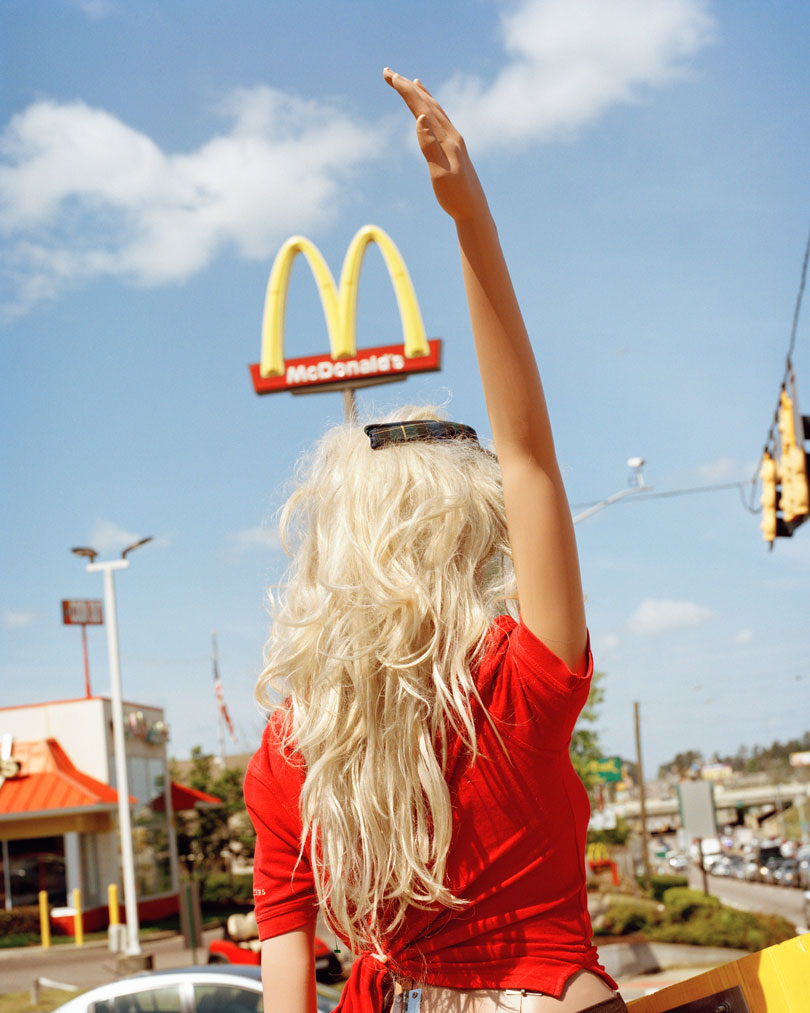

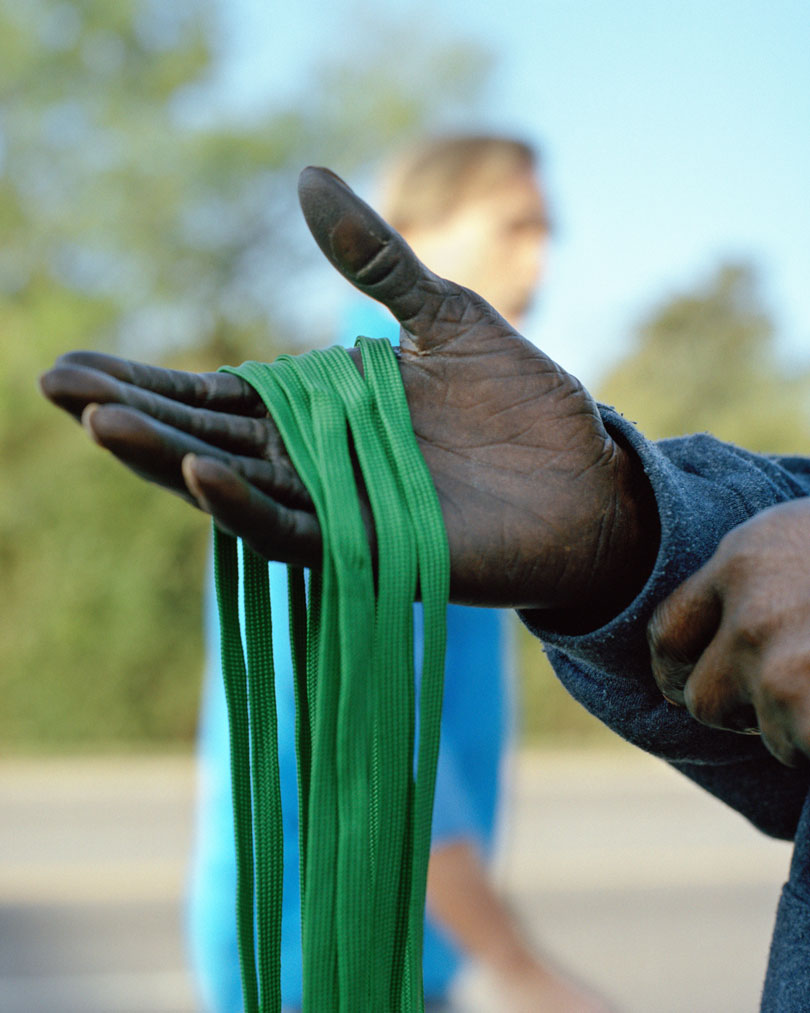

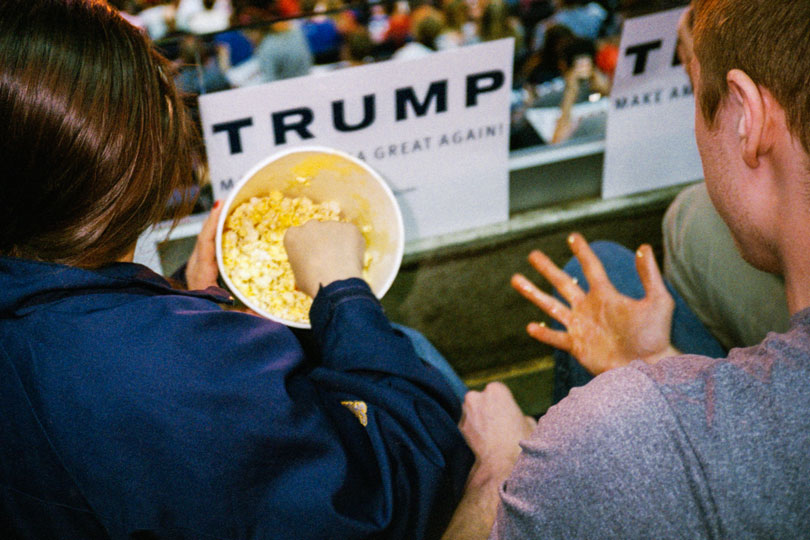

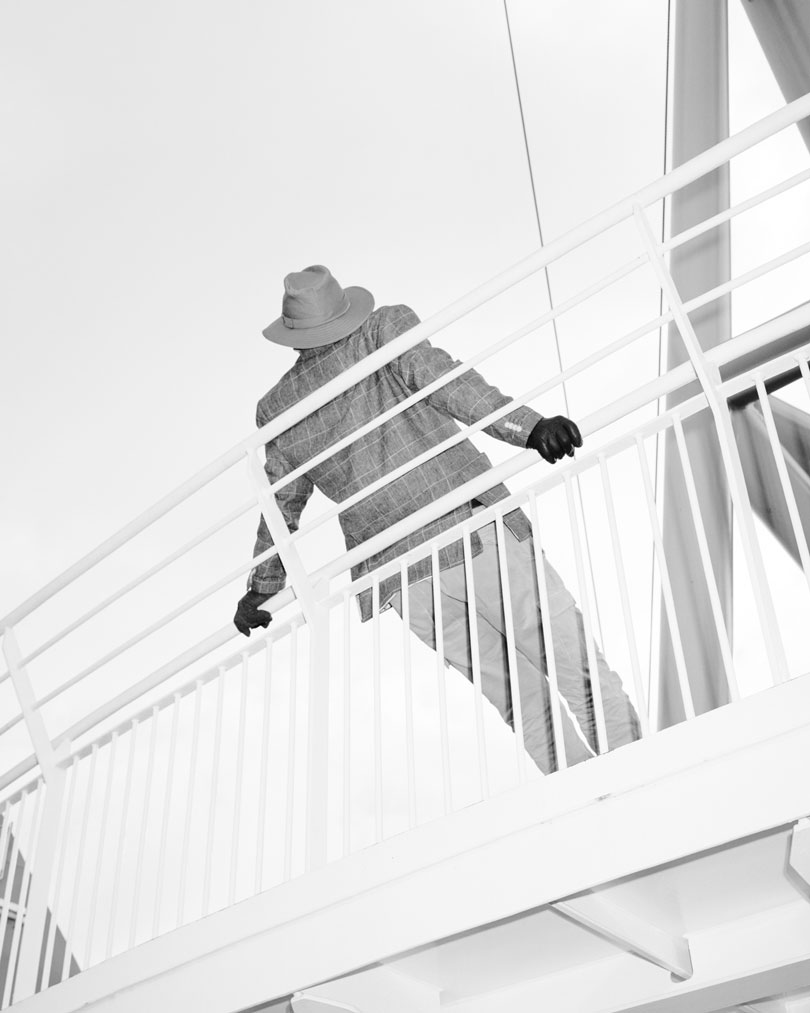

JR: Do you find that you are more of an “ah ha” shooter, or do you set out to shoot something when you are already activated or inspired?
MS: Both. When I’m with friends the photos that emerge are a reaction to my surroundings – a gesture or light I find intriguing will guide what I shoot.
With my larger bodies of work like 8155 and Mad Honey (in final edits), I start with an idea followed by research which will guide me to a place where I will then be lead loosely by cues from my research and spontaneity. Inevitably, the best photos occur by chance. I think a plan is important insofar as it gets you out the door, perhaps headed in a particular direction.
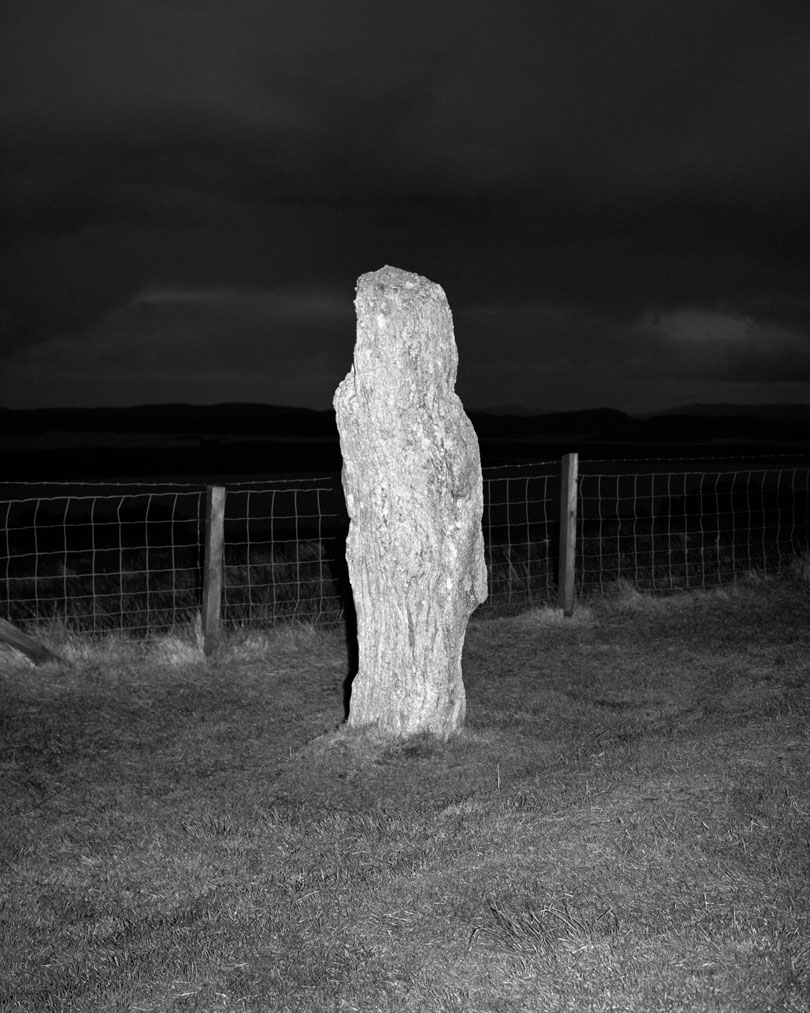

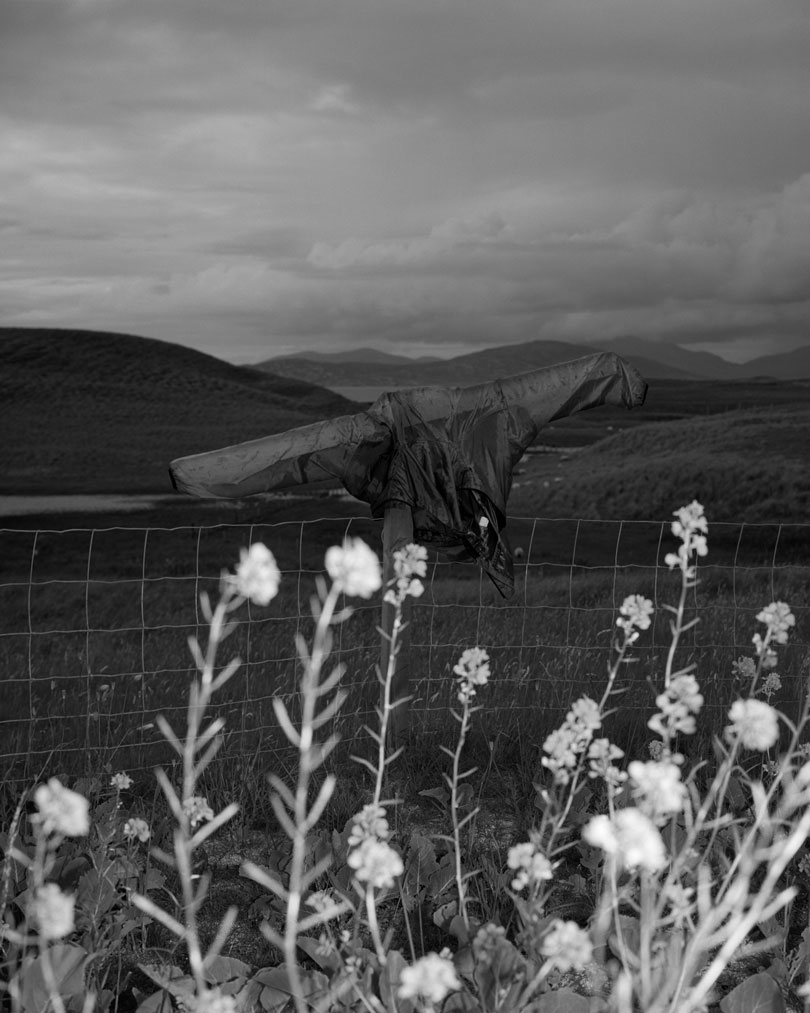





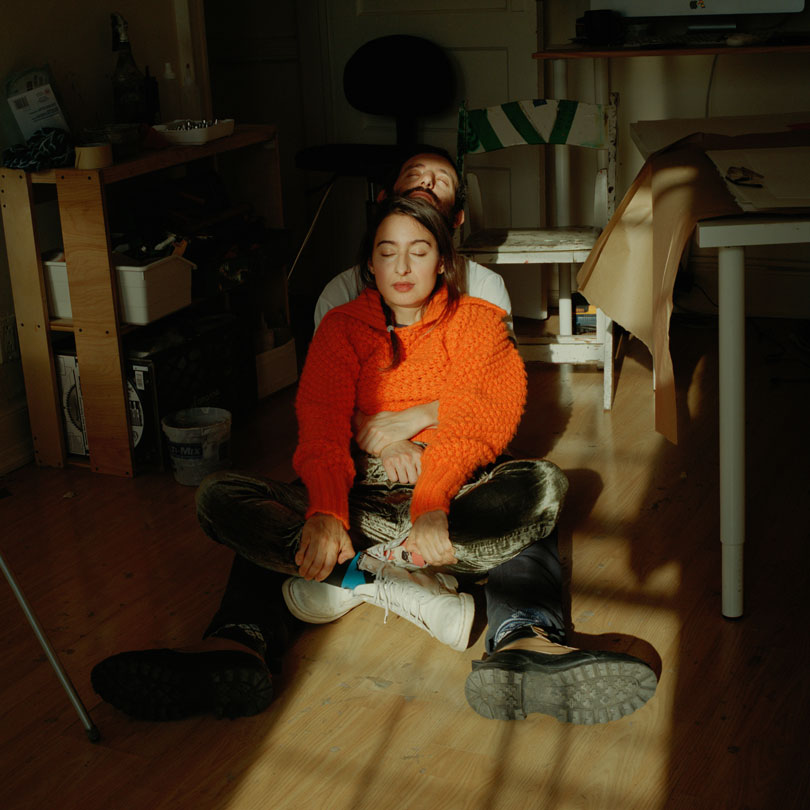

JR: There is something (subtly) politically active in your work. LuLa likes to steer pretty clear of the political if only to not alienate our readers or derail from our “purpose”, but it’s impossible to completely erase the political lens. Whether one is shooting the environment or a crowd, as Bob Dylan said: “We live In a Political World”. I consider the political to be more of a feature of art rather then a bug to be ignored. Without cartooning the tension of the times, could you discuss how you integrate this piece into your process, if at all?
MS: This is a great question. Without diving too deep into the “tension of our times,” I would say my whimsical snapshots are spontaneous and not politically driven but often I try to address sociopolitical issues in my larger bodies of work. Whether or not I’m doing it well is another question, but it’s something I’m chipping away at. I’m also aware of the fact that all the images I make and share are in and of themselves political statements of sorts – and how they’re judged is entirely out of my hands.
I try to make images that simultaneously respect and prod the curiosity of the viewer, and those are the kinds of images I like to see.
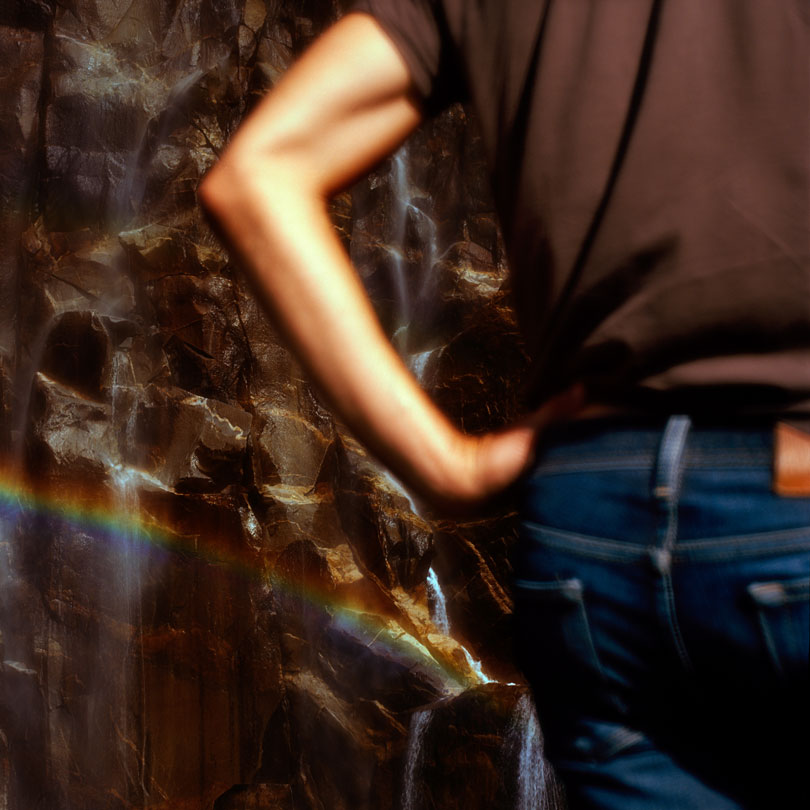

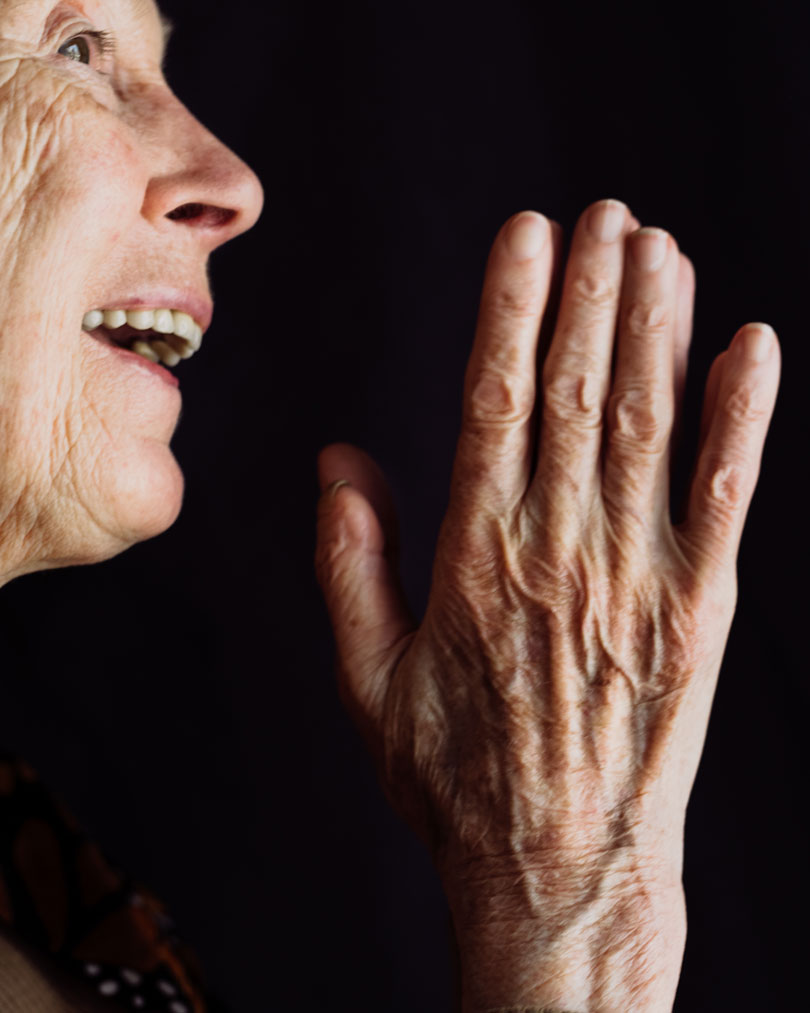

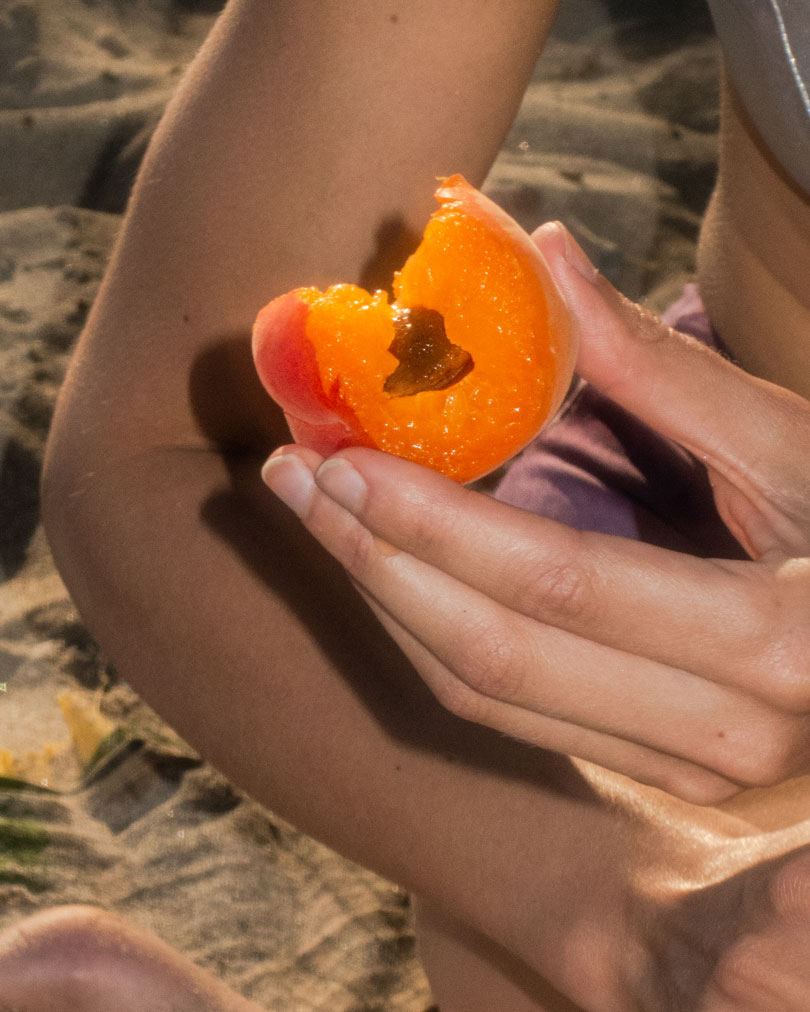

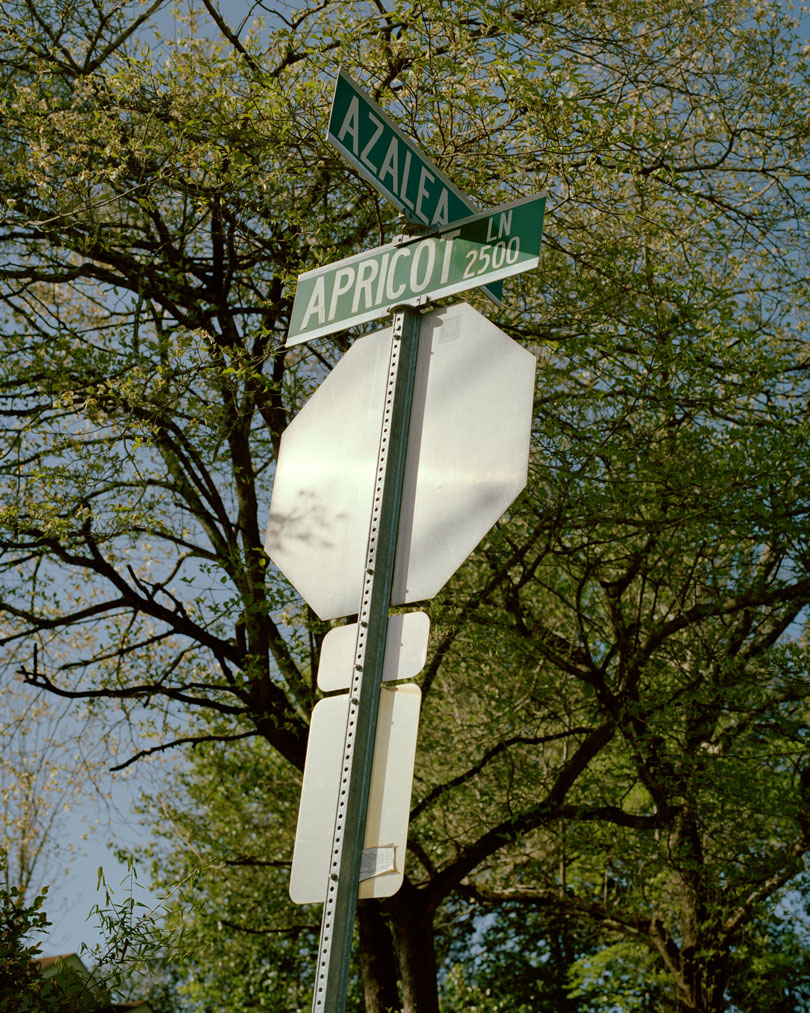

JR: What has been “the strongest”, or one of the “strangest” experiences you’ve had shooting?
MS: Photographing people with ideologies different than my own and trying to make unbiased photographs is a strange experience. The two shoots that come to mind would be the Trump rally I went to with a point n’ shoot in 2016, during his campaign, and photographing Jordan Peterson on an editorial assignment.
JR: How do you choose what gear, especially what camera to use? It seems to me based on your work that there is so much chance in your themes that deciding on gear would be tricky.
MS: Part of me wants to say the type of camera doesn’t matter – which I believe to be true in certain scenarios. Some of my favourite captured “moments” exist because I had my iPhone or a crummy point n’ shoot at hand and was able to react quickly. That said, when making images with a particular aesthetic in mind, I’ll reach for a particular lens/camera combination I feel appropriately suits the scenario.
JR: How do you approach buying a camera or lens?
MS: I always borrow or rent equipment before making a purchase. Then, I try to find the fairest price 🙂
JR: In your view, what is the state of the art of Photography given that everyone is taking pictures with smartphones etc?
MS: I know people who fell in love with photography because of their smartphone camera, I think that’s a beautiful thing. I like to think the cream still rises to the top, and the amount of photos in the world doesn’t change the fact that taste is subjective.


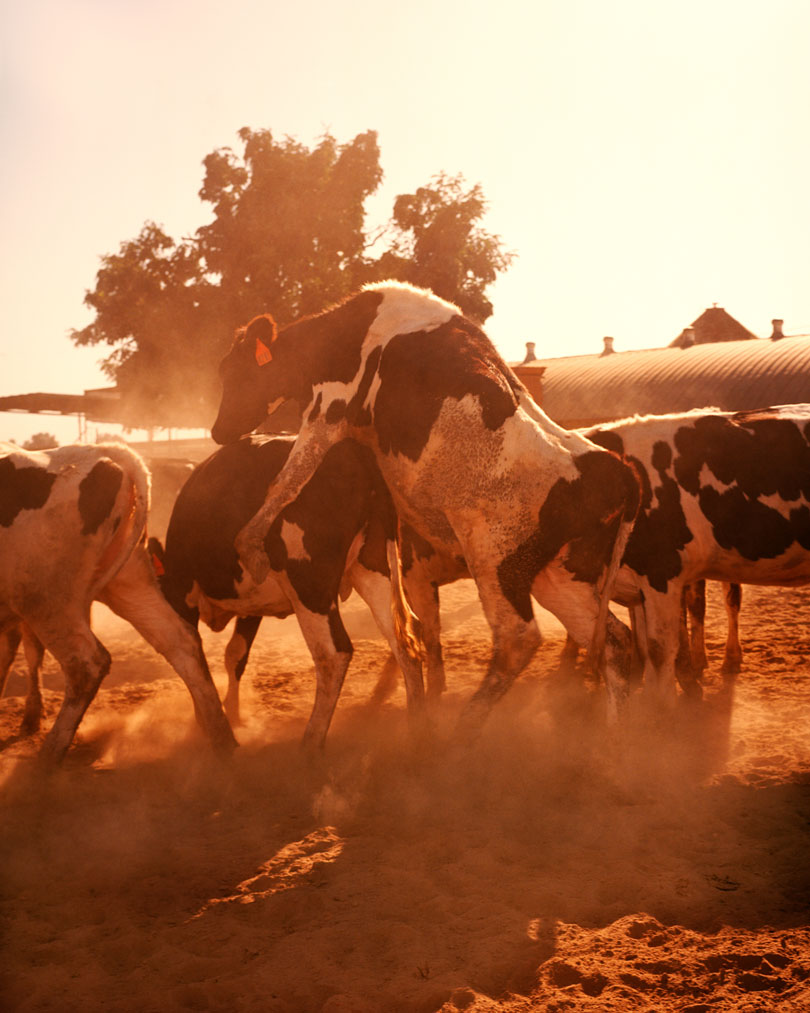

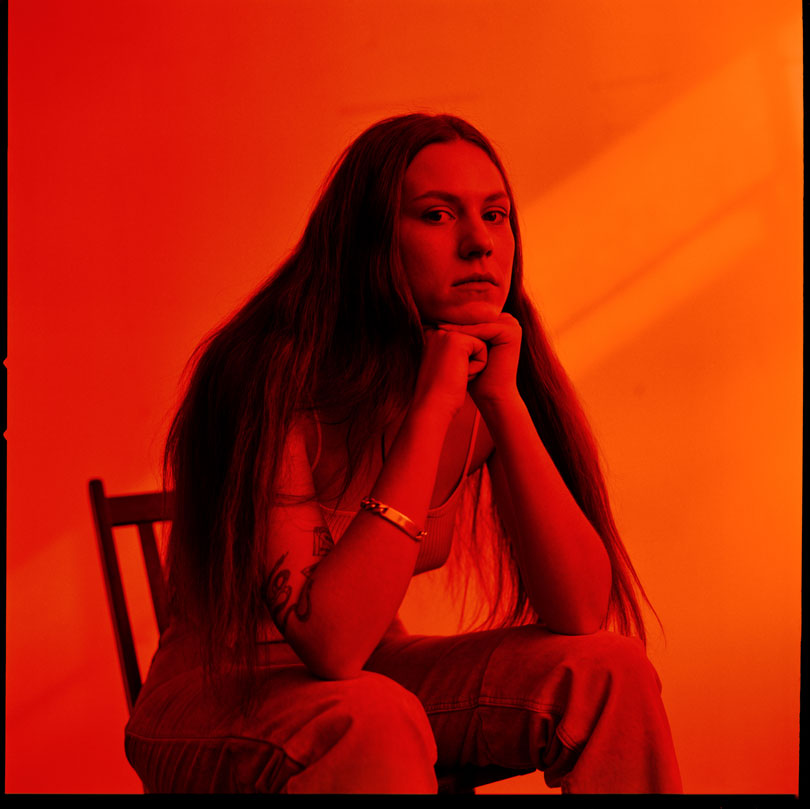



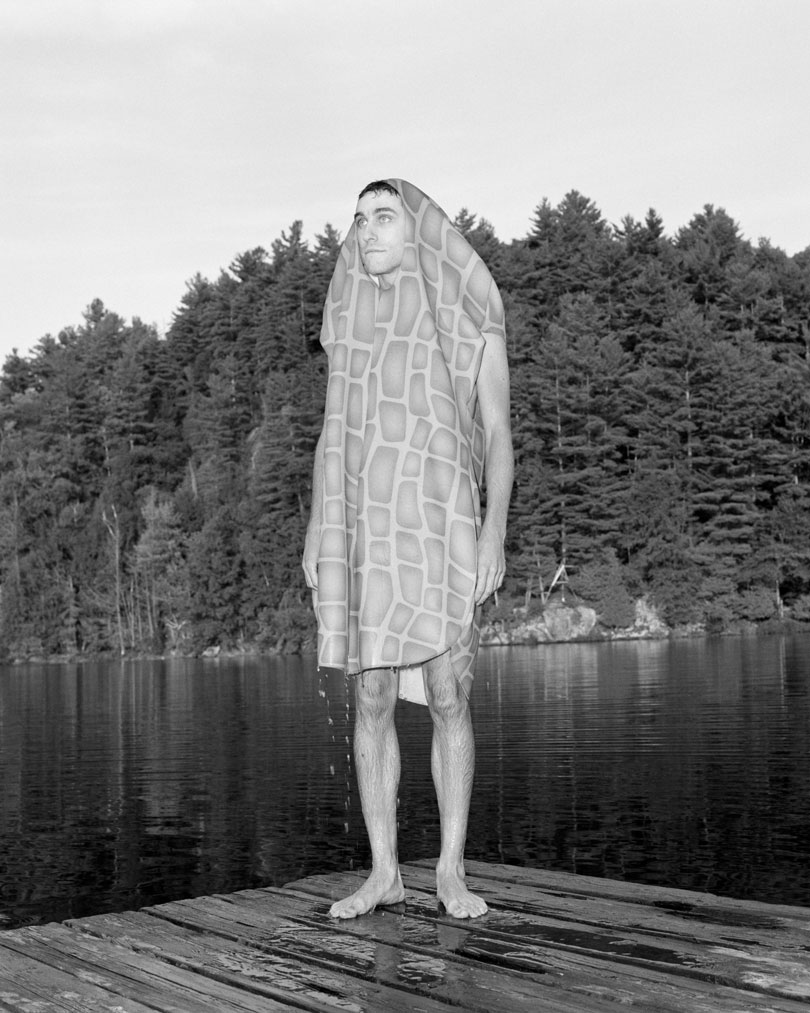

JR: What has your professional experience with Photography been, how did you get your start?
MS: I enrolled in a darkroom photography class in my last year of university (2008) but it wasn’t until 2010 that I began shooting on a daily basis, mostly friends and family. In 2009 I met some students and recent grads from the Image Arts program at Ryerson University and also began assisting regularly for a few commercial photographers in Toronto. Some of those friends I made from Ryerson U have become my best buds and opened my eyes to conceptual and art photo practices & history while assisting, which helped me learn a bit about studio lighting and some of the ins and outs of being a working photographer.
In 2014 and 2015 I started booking freelance gigs with some regularity and began working on my own photo projects more seriously while holding down a serving job. In 2016 I photographed a Trump rally in Buffalo on a bit of a whim and ItsNiceThat published the photos and an interview. Frieze magazine later ran one of the photos with an essay by Lynne Tillman.
All of these events played a significant role in my development but I can’t understate how vital a part-time job was. Serving put cash in my hands for film which allowed me to shoot on my off days, which I eventually found more valuable than assisting regularly.
JR: How often are you shooting “for art’s sake” vs as part of a project which requires oversight or a professional consideration?
MS: This is something that changes week to week but when I’m shooting back to back to back for clients, I always carve out time to shoot my own work and/or research upcoming projects. For example, I shot a personal body of work in April in Augusta, Georgia over the course of a week and have been scanning, colour correcting, editing and sequencing that work between other jobs, and life. Working for other people is fun, as is eating and paying rent, but I make a big effort to carve out time for my own work.
It’s often difficult, and I often fail or get burnt out, but I’m always trying to strike a balance between my own work, and work for other people.
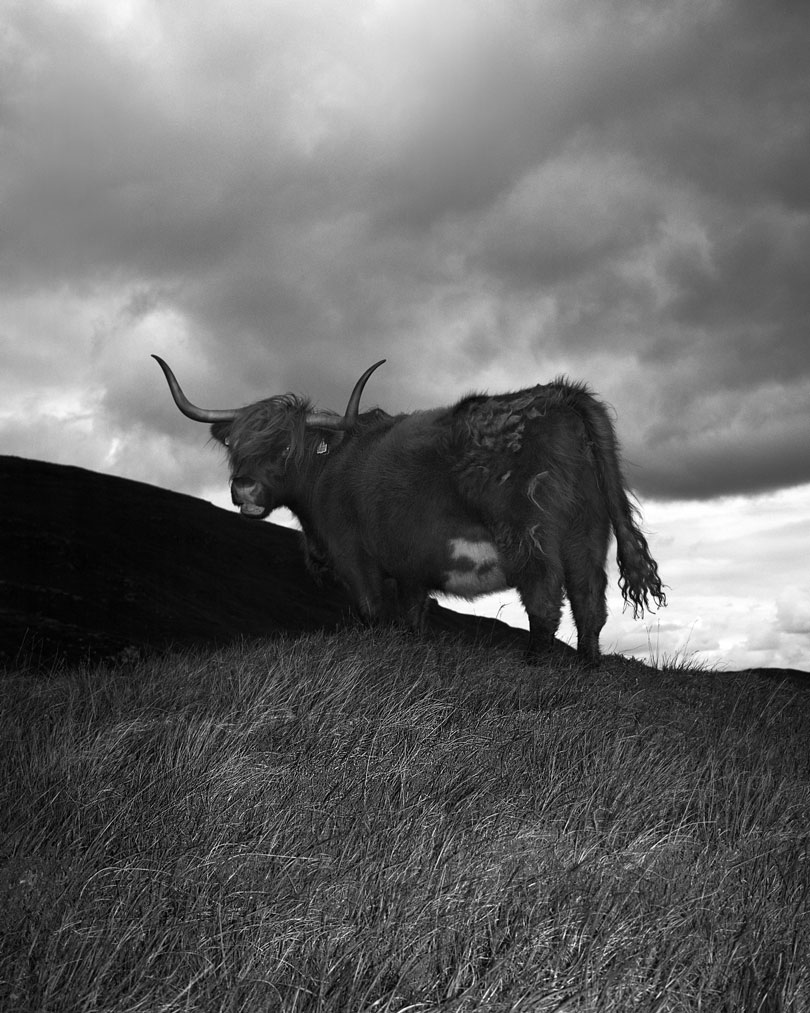

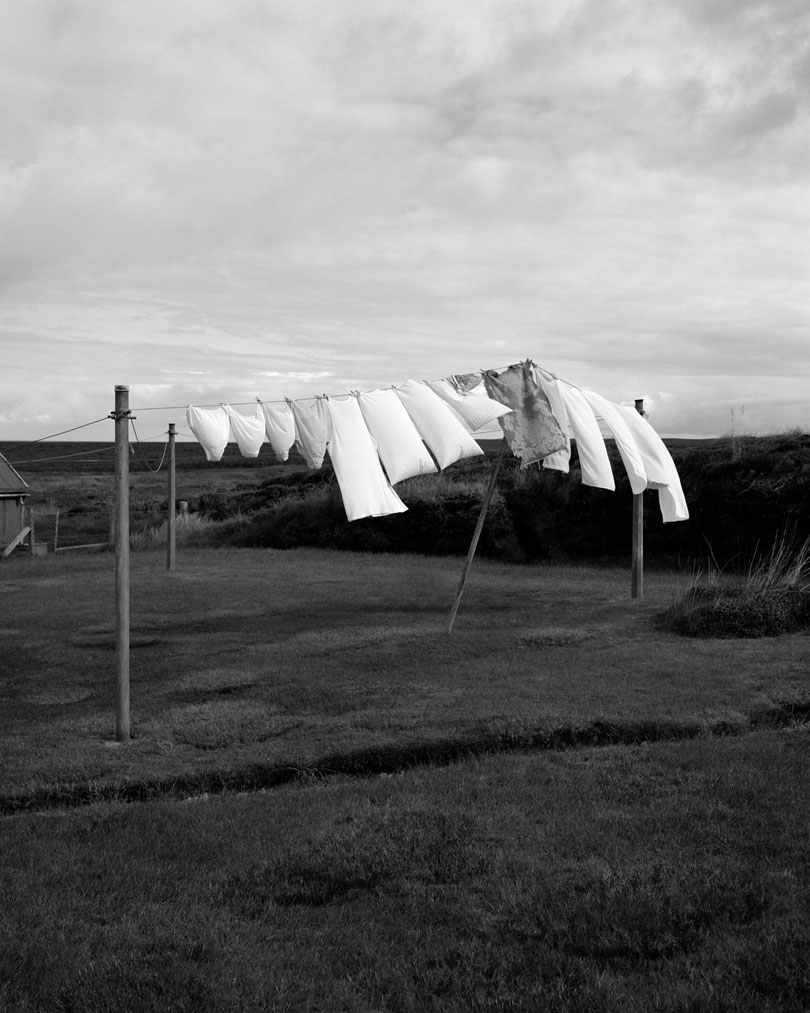

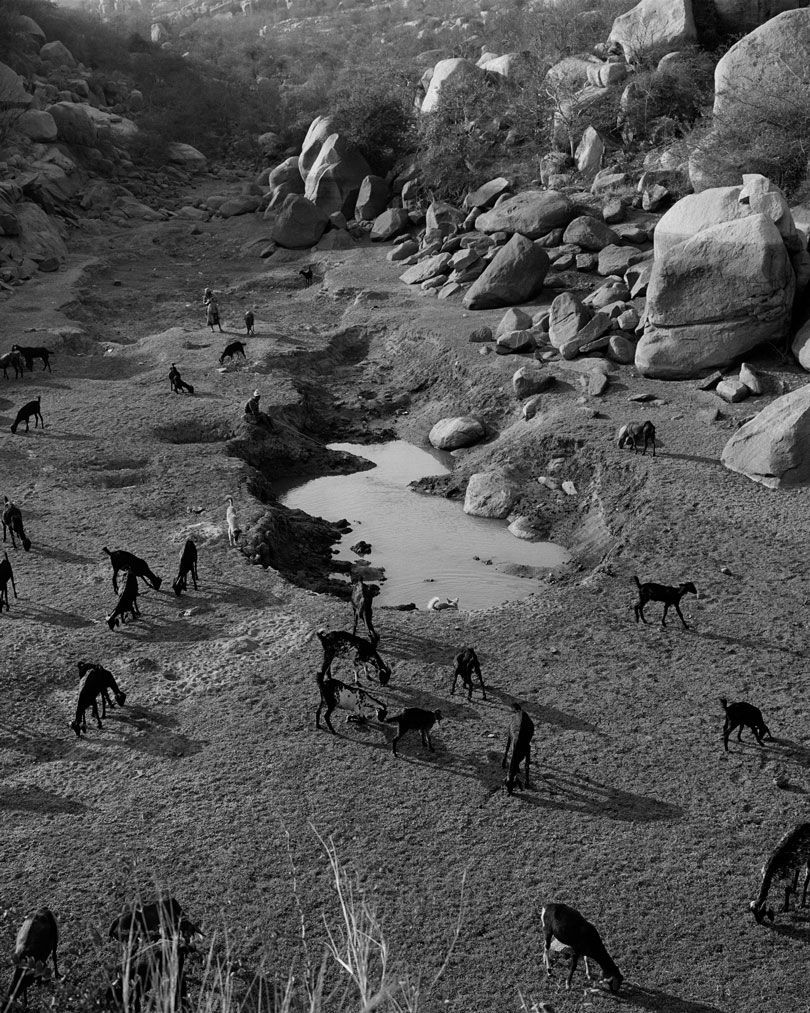



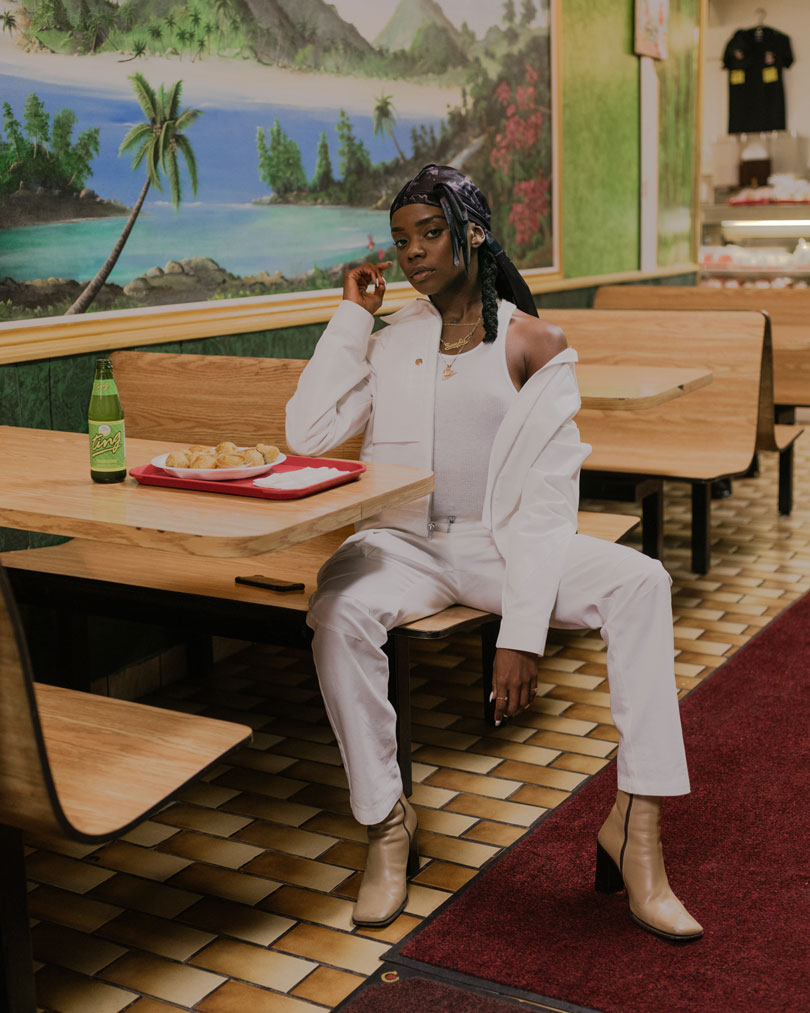

JR: When did you start taking pictures, and if you can consider a reason or the initial inspiration or drive, what might have that been?
MS: I think I touched on some of this, but apart from the darkroom class my first inspirations were old family photos and the idea of documenting the passage of time and attempting to create inimitable images. Also, the photographs and paintings of Henri Cartier-Bresson, Francis Bacon, Lucian Freud, Diane Arbus, and William Eggleston were early inspirations.
JR: If you had to isolate your practice to the city or the country-side which one captures your attention most?
MS: At the moment I’d say the city.
JR: Does printing play a roll in your decision when processing a picture?
MS: I print when sequencing bodies work but day to day I use an Imacon scanner to create digital negatives of my film, so for better or worse my workflow is mostly digital even when shooting film.
JR: How does light figure into in picture taking for you, do you find yourself wrestling with it, or waiting for its permission? If that makes sense.
MS: I suppose a lot of what I do is waiting, but I like to think of it as actively looking and then reacting when the time is right. That said, often there’s no time to wait so I’ll use what the sun is offering – or strobe to achieve a desired look.
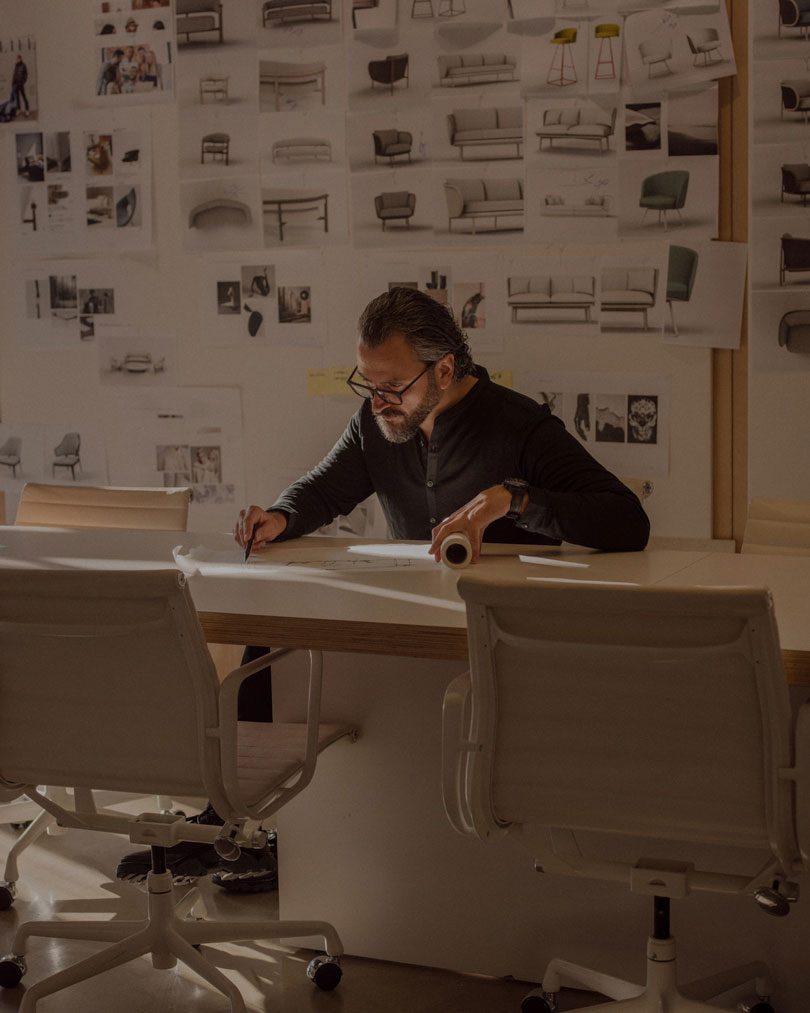

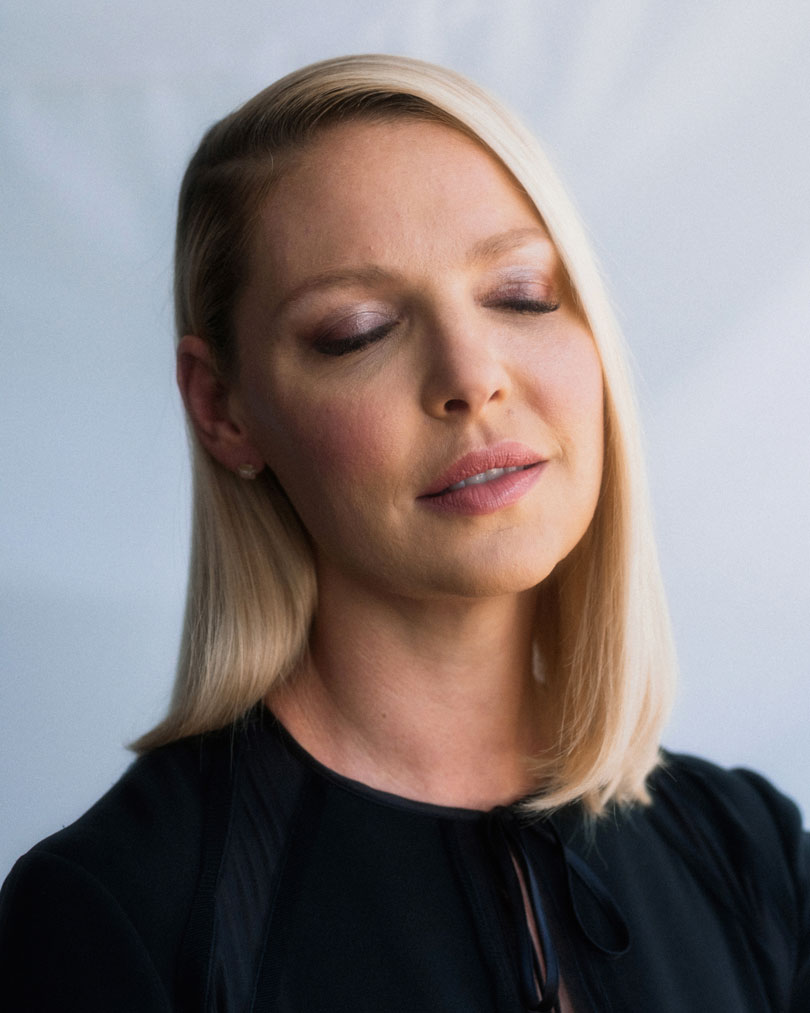

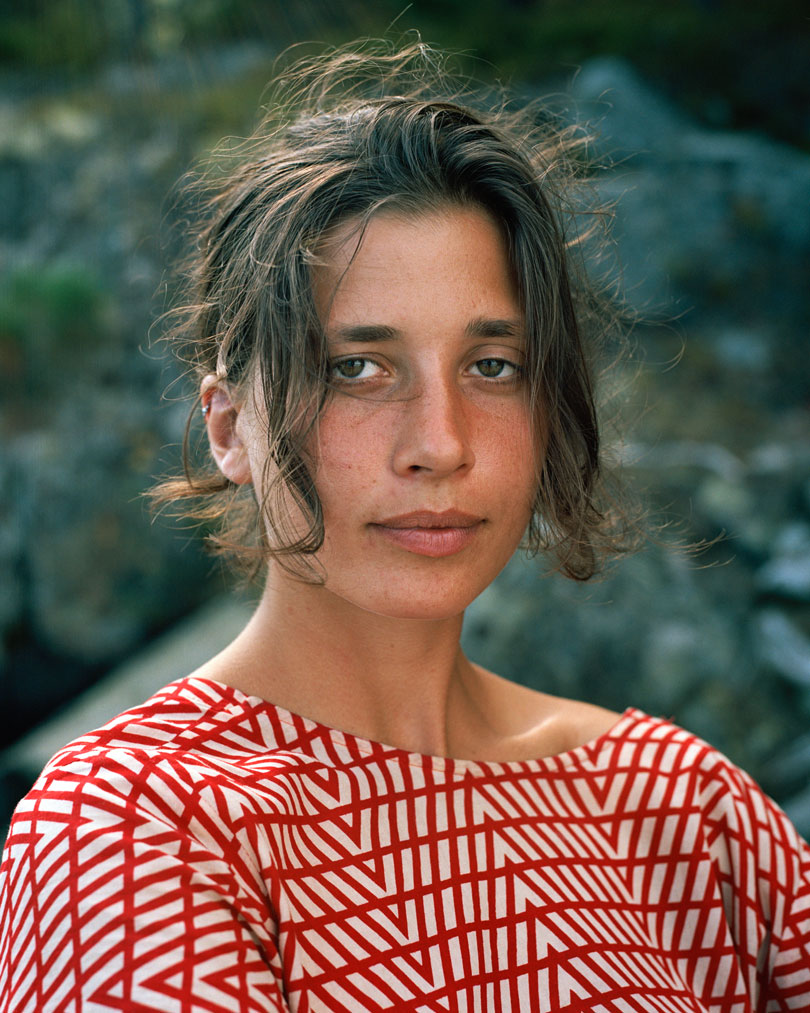

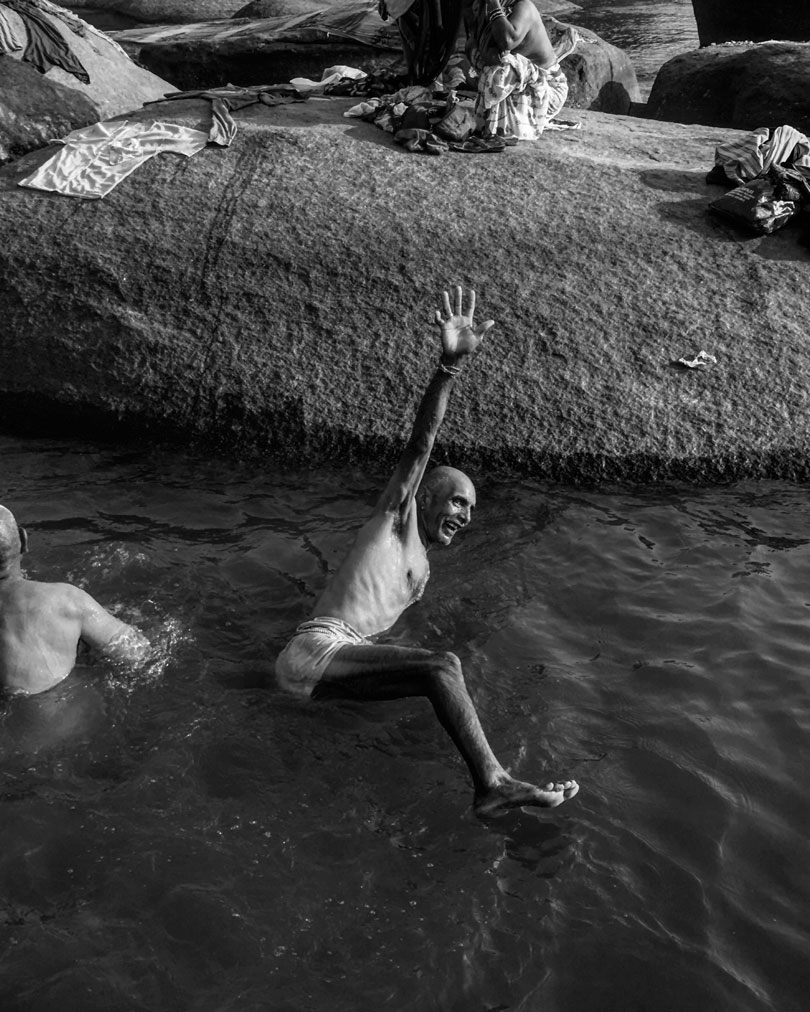



JR: Where would you most like to be, live or explore (it can be a by-gone era or a place on earth today)?
MS: I recently moved to New York so at present I’m keen on exploring the 5 boroughs and neighbouring states. Otherwise, I’d like to spend more time in the far north (Canada) and deep south (USA), and Mexico, three areas in the Americas I haven’t explored much.
JR: Encouraging words for other professionals/enthusiasts, or parting thoughts if any?
MS: Don’t let ideas slip away (act on them before they slip away, or write them down), don’t be afraid to ask for help when you need it and lend a hand whenever possible.
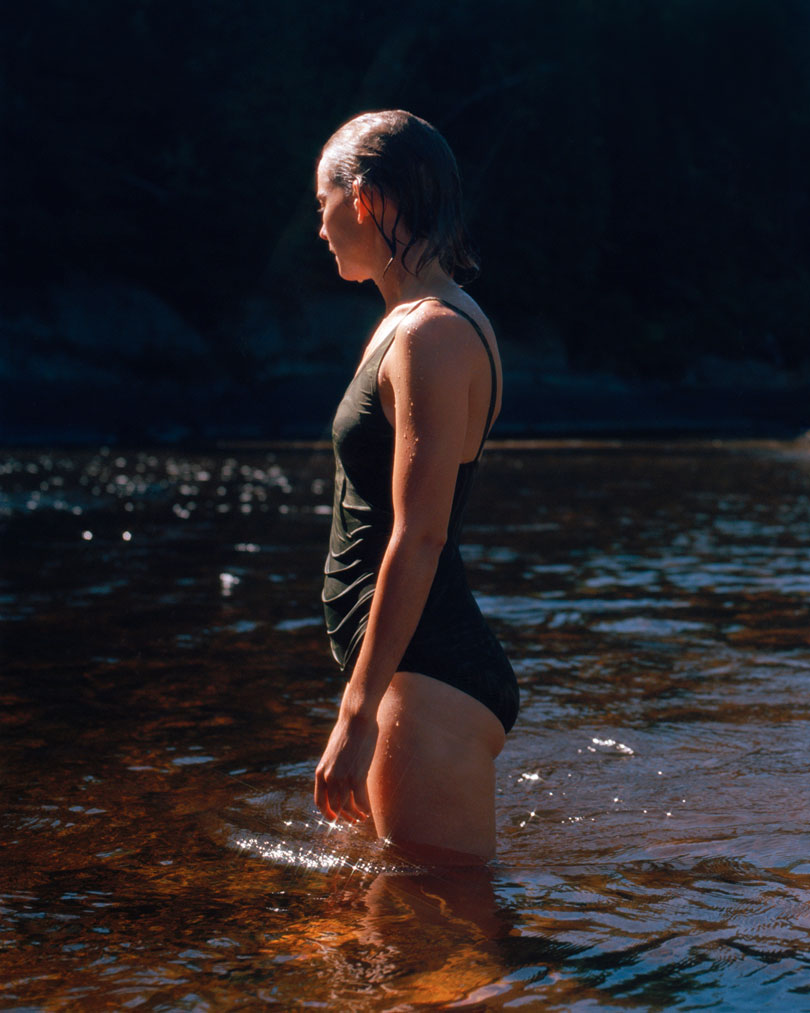



For more of Mark’s work.






